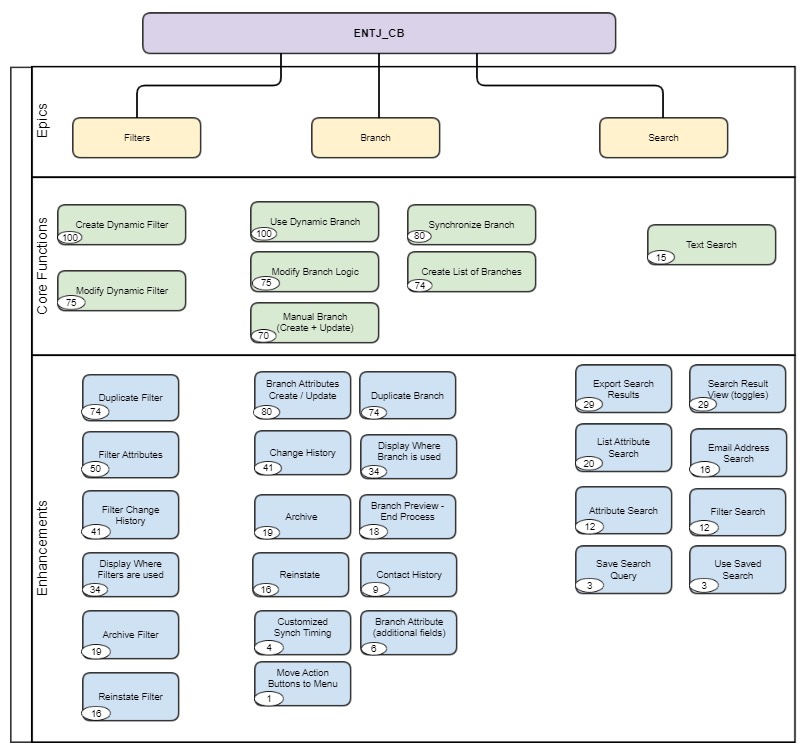Ego Check: The Secret Sauce of Successful Business Analysis
You’ve spent days or even weeks working through your discovery and analysis details to craft wire frames for a new application or capability. You know what your stakeholders might ask for in terms of alternatives, so you create those versions as well. The day arrives when you’re finally ready to share with business and IT, the work you’ve labored over.
The big meeting happens and your stakeholder destroys everything you’d worked so diligently over, ripping your heart out.
Sound familiar? Some people take this as a crushing defeat and question their choice of profession.
Don’t let this be you!
You need to have a thick skin in this game. As a business analyst, your role resides at the crossroads of business operations and IT solutions. Navigating the complexities and personalities of both requires not only some technical knowledge and business acumen but also a crucial personality trait — the ability to leave your ego at the door. While this notion may seem daunting at first, it stands as one of the most invaluable skills a business analyst can possess.
Bringing your ego along in conversations tends to add chaos, disrupting free-flowing communication in an environment that might already have some chaos. Setting aside your ego entails acknowledging you don’t have all the answers; that meticulously crafted strategies may necessitate revisions; and that your perspective, no matter how comprehensive, may not encapsulate the entirety of a problem or its solution.
Within the dynamics of a business environment, ego can often act as a hindrance, impeding effective communication. A business analyst who can restrain their ego is more amenable to guidance for research and receptive to feedback, fostering continuous learning and growth.
While criticism is frequently viewed unfavorably, it carries substantial value within a business context, serving as an indispensable tool for development when harnessed constructively. As BAs, our mission revolves around streamlining processes, enhancing capability & value, and facilitating change — tasks that demand perpetual scrutiny and re-evaluation. Feedback, including criticism, serves as a critical lense through which we refine our insights and strategies.
You need to be strong enough to withstand the critique to investigate what the underlying cause or comments are about. When the feedback seems overly harsh and does not feel like it is constructive, exercise what you have available to you – use your tools to continue the conversation. Start by expressing appreciation for the input. Depending on the harshness of the initial comments, this can be disarming, so utilize the connection to ask questions for feedback that could be actionable areas for your improvement.
Advertisement
In addition to seeking constructive feedback, you can also practice the agile principle of Simplicity. If you don’t quite understand what “the art of maximizing the amount of work not done” really means for a BA… it’s this; don’t spend so much time trying to produce a pristine wireframe or perfectly crafted requirement. Do enough to identify value during conversations.
While on a project or during a product increment, the initial requirements documentation is really intended to be just enough to draw out the valuable conversation to confirm understanding while narrowing in on the solution and it’s constraints to facilitate realization of the business value.
Internalizing feedback can obstruct the broader perspective and overall objective of the task at hand. Conversely, leveraging feedback as a means of self-improvement can significantly elevate your standing within the team, while enhancing the quality of output and fostering stronger work relationships.
Keeping your ego in check does not mean a dismissal of your ideas, opinions, or self-assurance entirely. Rather, it involves striking a balance — knowing when to advocate persistently for your ideas and when to step back, listen, and glean insights from others. For seasoned analysts, this should be second nature but it’s worth a reminder from time to time.
In conclusion, the absence of ego can quell the chaos, amplify your capacity to discover and comprehend the real issues, and embrace diverse perspectives to construct robust and effective solutions. Thus, resisting the urge to take criticism personally and ensuring that our egos do not overshadow the primary goal of problem-solving constitutes an trait every successful business analyst must master.


